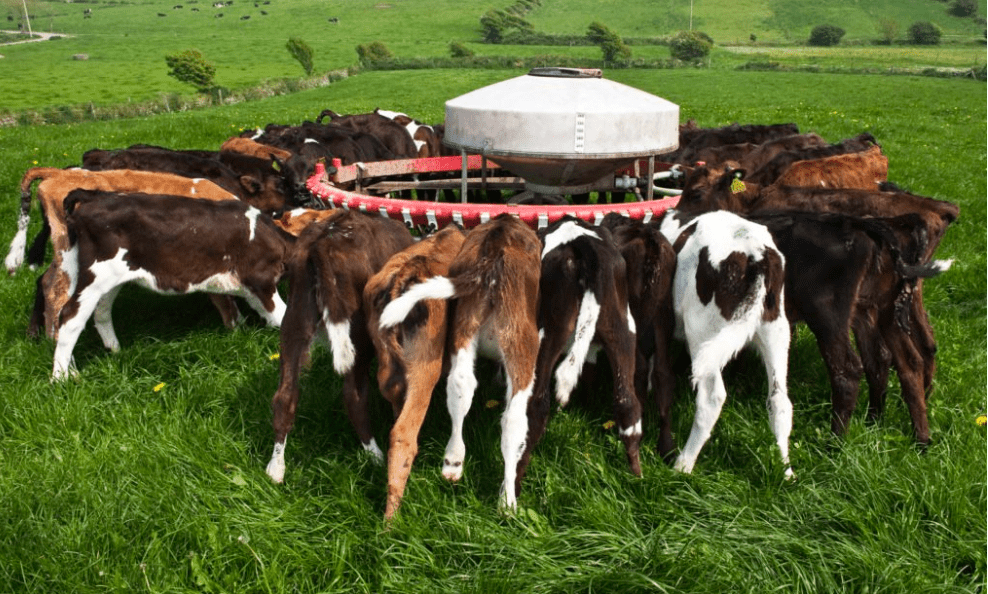Contract heifer rearing has been a topic up for discussion in recent weeks. The opportunity mainly arises from the increase in the dairy herd and the low margins obtained in the beef sector.
Speaking at today’s National Beef Conference in Tullamore, Co. Offaly, Teagasc’s Tom Coll outlined a number of positives and negatives associated with the system.
The Sligo/Leitrim contract rearers’ group consists of 19 farmers currently rearing almost 2,100 dairy heifers.
The numbers reared on individual farms range from 30 heifers to 300 heifers. The age at which heifers arrive on farm differs between farms from three weeks, 12 weeks and nine months of age.
Group members were asked to list the benefits associated with contract rearing from their perspective.
During Tom’s presentation, he stressed that communication between the dairy farmer and the contract rearer is extremely important. He also outlined that it “takes time to build up trust”.
The Sligo/Leitrim group members were also asked to list the negatives and associated risks.
- It takes time to build trust and form a working relationship with the dairy farmer – the first bump on the road and how it is dealt with is vital;
- Heifers arriving on the rearer’s farm under target weight for age was one of the main problems. These animals will be the ones that the rearer will continually struggle with to meet the targets and the ones that will reduce farm profitability. Dairy farmers need to ensure that all heifers sent out for rearing are on target;
- Heifers arriving on the farm sick will also have a huge effect on their potential to reach targets. The dairy farmer and rearer need to draw up a health plan with a veterinary surgeon to manage the health status of the animals leaving both farms;
- The initial contract is difficult to get up and running with some dairy farmers pulling out at the last minute and leaving the rearer without stock;
- The contract rearer needs to be technically efficient, an excellent grassland manager and aware of the benefits of reaching target weights;
- There is a cost associated with changing the annual herd test date to earlier in the year to allow enough time for retesting stock in the case of a TB outbreak. The rearer should liaise with his local DVO prior to entering into an agreement;
- There is a disease risk when stock are taken onto the farm; especially where there are existing animals on the farm.
Finally, group members were asked to advise on some key factors and targets that should be put in place and agreed upon between dairy farmer and rearer in advance of the first animals arriving on farm.
This advice included: a detailed contract agreement specific to the farms involved outlining all terms; regular weighing of stock; allowing the dairy farmer to hold on to some heifers and use them as a comparison; and the use of heat synchronisation and tail paint to aid heat detection.
The group also highlighted that the use of an independent intermediary person – appointed by both parties to dissolve disputes and find solutions – can be beneficial.
